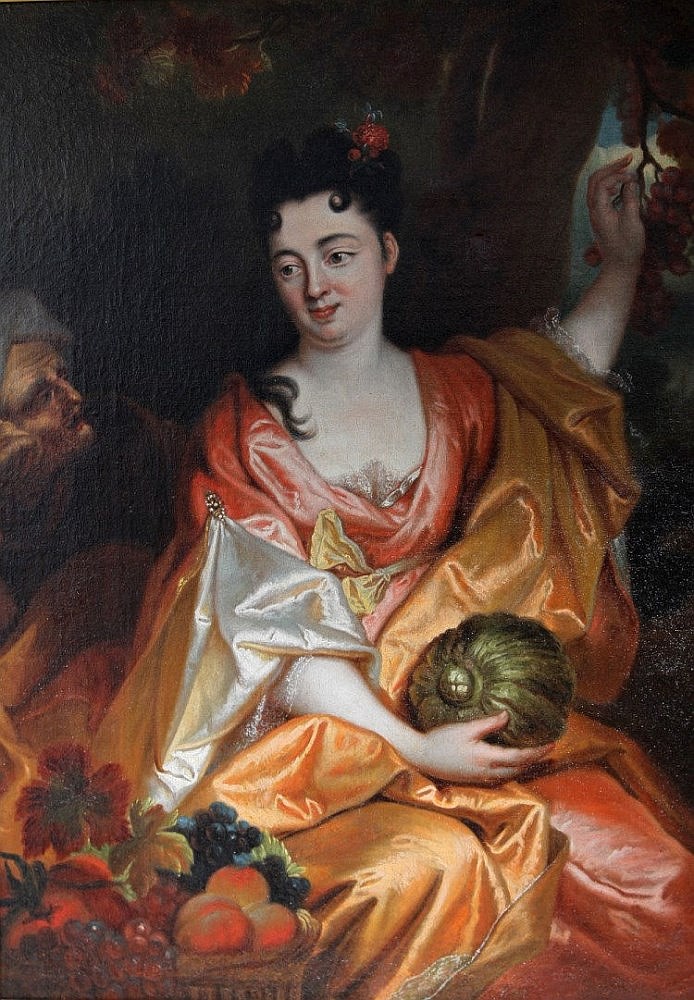Dominicus Van Der Smissen on:
[Wikipedia]
[Google]
[Amazon]

 Dominicus van der Smissen, or Van der Schmissen (28 April 1704, in Altona – 6 January 1760, in Altona) was a German painter, known primarily for portraits.
Dominicus van der Smissen, or Van der Schmissen (28 April 1704, in Altona – 6 January 1760, in Altona) was a German painter, known primarily for portraits.
Online
.
 Dominicus van der Smissen, or Van der Schmissen (28 April 1704, in Altona – 6 January 1760, in Altona) was a German painter, known primarily for portraits.
Dominicus van der Smissen, or Van der Schmissen (28 April 1704, in Altona – 6 January 1760, in Altona) was a German painter, known primarily for portraits.
Life and work
He was born to a family of merchants who were originally fromBrabant Brabant is a traditional geographical region (or regions) in the Low Countries of Europe. It may refer to:
Place names in Europe
* London-Brabant Massif, a geological structure stretching from England to northern Germany
Belgium
* Province of Bra ...
. As Mennonite
Mennonites are groups of Anabaptist Christian church communities of denominations. The name is derived from the founder of the movement, Menno Simons (1496–1561) of Friesland. Through his writings about Reformed Christianity during the Radic ...
s, they fled religious persecution to live in Schleswig-Holstein
Schleswig-Holstein (; da, Slesvig-Holsten; nds, Sleswig-Holsteen; frr, Slaswik-Holstiinj) is the northernmost of the 16 states of Germany, comprising most of the historical duchy of Holstein and the southern part of the former Duchy of Sch ...
, which was then part of Denmark. They eventually settled in Altona where his father, , founded one of the city's largest trading houses.
He was a student of Balthasar Denner
Balthasar Denner (15 November 1685 – 14 April 1749) was a German painter, highly regarded as a portraitist. He painted mostly half-length and head-and-shoulders portraits and a few group portraits of families in interiors. Usually Denner con ...
. In 1730, he married Denner's sister, Catharina (1693-1778). His father-in-law, , was a Mennonite preacher. Their son, Jakob (1735-1813), also became a painter and later worked as a drawing professor in Altona.
Very little else is known about his life; except that worked as an itinerant portrait painter. Around 1738, he was living in Altona and, the following two years, was a court painter
A court painter was an artist who painted for the members of a royal or princely family, sometimes on a fixed salary and on an exclusive basis where the artist was not supposed to undertake other work. Painters were the most common, but the cour ...
in Braunschweig
Braunschweig () or Brunswick ( , from Low German ''Brunswiek'' , Braunschweig dialect: ''Bronswiek'') is a city in Lower Saxony, Germany, north of the Harz Mountains at the farthest navigable point of the river Oker, which connects it to the Nor ...
. During the remainder of the 1740s, he was in Dresden
Dresden (, ; Upper Saxon: ''Dräsdn''; wen, label=Upper Sorbian, Drježdźany) is the capital city of the German state of Saxony and its second most populous city, after Leipzig. It is the 12th most populous city of Germany, the fourth larg ...
and Amsterdam
Amsterdam ( , , , lit. ''The Dam on the River Amstel'') is the Capital of the Netherlands, capital and Municipalities of the Netherlands, most populous city of the Netherlands, with The Hague being the seat of government. It has a population ...
. The 1750s found him in London. When he fell ill with gout
Gout ( ) is a form of inflammatory arthritis characterized by recurrent attacks of a red, tender, hot and swollen joint, caused by deposition of monosodium urate monohydrate crystals. Pain typically comes on rapidly, reaching maximal intensit ...
, he returned to Altona in hopes of being cured; but his condition worsened until he became paralyzed and soon died.
As a Freemason
Freemasonry or Masonry refers to fraternal organisations that trace their origins to the local guilds of stonemasons that, from the end of the 13th century, regulated the qualifications of stonemasons and their interaction with authorities ...
, he was a member of several lodges, notably ' in Leipzig, of which he became a member in 1747.
Most of his works were in private collections. A large number were in Hamburg
(male), (female) en, Hamburger(s),
Hamburgian(s)
, timezone1 = Central (CET)
, utc_offset1 = +1
, timezone1_DST = Central (CEST)
, utc_offset1_DST = +2
, postal ...
. Many of them can no longer be located.Alfred Lichtwark
Alfred Lichtwark (14 November 1852 – 13 January 1914) was a German art historian, museum curator, and art educator in Hamburg. He is one of the founders of museum education and the art education movement.
Background and career
Alfred Lich ...
: ''Das Bildnis in Hamburg'',Vol.I. Hamburg, 1898, pp.144–146 ().
References
Further reading
* "Smissen, Dominicus van der". In: Hans Vollmer (Ed.): ''Allgemeines Lexikon der Bildenden Künstler von der Antike bis zur Gegenwart'', Vol.31: Siemering–Stephens. E. A. Seemann, Leipzig 1937, pg.165. * ''Hamburgisches Künstler-Lexikon.'' Vol.1: ''Die bildenden Künstler.'',Verein für Hamburgische Geschichte
The Verein für Hamburgische Geschichte (VHG) is a historical society founded on 9 April 1839, which is open to both professional historians and historically interested laypersons. The society's office and library are located in the .
History
...
, Hoffmann und Campe, Hamburg 1854, pg.234,Online
.
External links
* {{DEFAULTSORT:Smissen, Dominicus van der 1704 births 1760 deaths 18th-century German painters 18th-century German male artists German portrait painters German Freemasons People from Altona, Hamburg